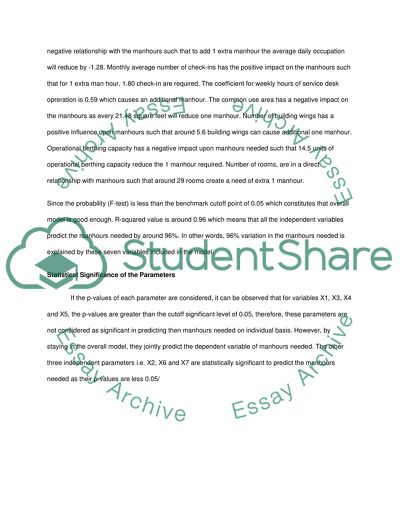Cite this document
(“Statistical Significance of the Parameters Statistics Project”, n.d.)
Retrieved from https://studentshare.org/finance-accounting/1395961-statistical-significance-of-the-parameters
Retrieved from https://studentshare.org/finance-accounting/1395961-statistical-significance-of-the-parameters
(Statistical Significance of the Parameters Statistics Project)
https://studentshare.org/finance-accounting/1395961-statistical-significance-of-the-parameters.
https://studentshare.org/finance-accounting/1395961-statistical-significance-of-the-parameters.
“Statistical Significance of the Parameters Statistics Project”, n.d. https://studentshare.org/finance-accounting/1395961-statistical-significance-of-the-parameters.


